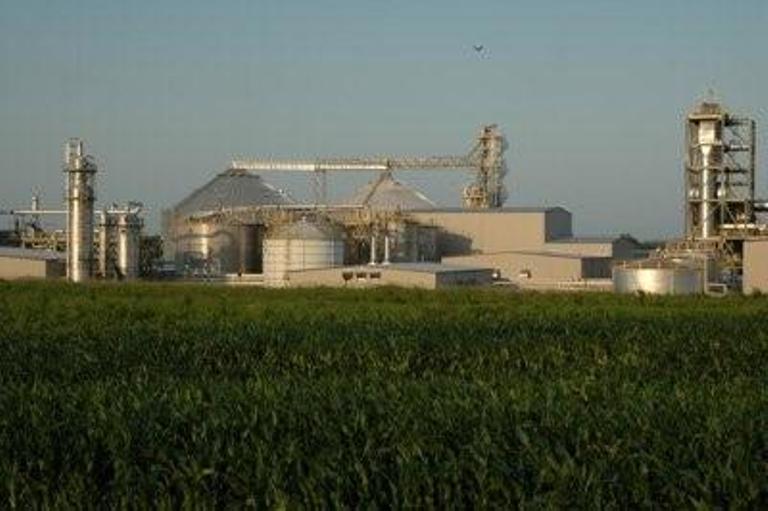May 15, 2012

USDA’s Supply Demand Report indicated that corn processing for ethanol purposes would not increase much from the 2011 to the 2012 crop, according to a report by Illinois blogger Stu Ellis (http://www.farmgateblog.com).
About 5 billion bushels would be converted to ethanol. One reason is the blend wall that serves as a maximum for the 10% fuel blend to be incorporated into the nation’s motor fuel supply. Since the demand for gasoline is declining due to the recession, the demand for ethanol is not growing.
But Ellis reports that while ethanol will be consuming nearly one-third of the U.S. corn crop, it will also have another significant economic benefit, namely dropping the price of gasoline. The price of gasoline pushed to $4 per gallon earlier in the spring in many areas, and above $4 in many large cities where demand is more concentrated.
But without ethanol being blended into the gasoline, the price of gas would be closer to $5, say economists Dermot Hayes from Iowa State University and Xiadong Du from the University of Wisconsin. Their study of how ethanol has impacted the price of gas in the past year indicates the U.S. motoring public would be spending much more of their family budget on gas than is the case.
Their report updated a prior study, and incorporated 2011 data, which included $95 per barrel oil prices and a 13.9 billion gallon volume of ethanol blended into gasoline. However, they found that the impact was significantly different in different regions of the United States because of the petroleum markets. They report the growth in ethanol production in 2011 resulted in a national average savings of 29 cents per gallon off the price of gasoline. In the Midwest, the savings for 2011 alone was 45 cents, while the East Coast, West Coast and Gulf Coast all had savings of about 20 cents per gallon. In the Rocky Mountain region, the savings was about 30 cents per gallon.
The economists report, "The (regions) are also very different in terms of their economic conditions, oil and petroleum characteristics, oil related pipeline infrastructure, and local product supply and demand conditions. Therefore one would expect different gasoline price impacts for each region."
The economists say that the 10% contribution of ethanol to expanding the nation’s fuel has allowed the United States to switch from being a major importer of only petroleum to being an exporter of both petroleum and ethanol.
Read their full report being released today at http://www.card.iastate.edu/publications/dbs/pdffiles/12wp528.pdf.
You May Also Like



